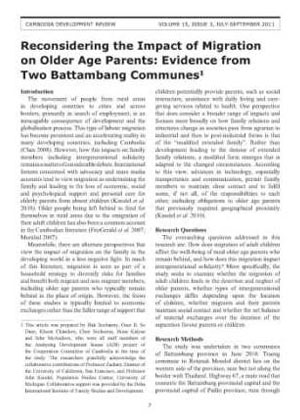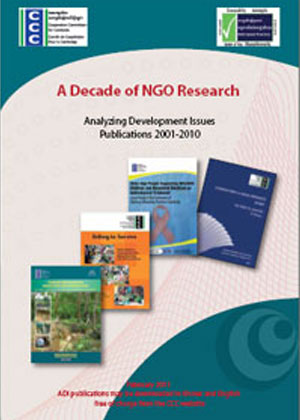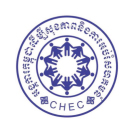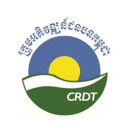Chapter 4 Access to Natural Resources: Case Studies of Cambodian Hill Tribes In Land and Cultural Survival: The Communal Land Rights of Indigenous Peoples in Asia, Asian Development Bank, 2009
As early as the 13th century, Khmer and Cham people living along the Mekong River in Stung Treng Province are thought to have been in contact with the indigenous inhabitants of the forest areas through the Sesan and Srepok rivers. Trade was conducted through these river systems to secure forest products such as elephant ivory, hides, feathers, wood, wild spices, and herbs. In addition to the trade in goods, there was also a trade in slaves, which lasted until the 19th century. In the late 19th and early 20th centuries, the French colonialists operated rubber plantations and gem mines in the area.
Since the 1990s, the opening up of Cambodia’s economy has had farreaching consequences for the indigenous peoples of the northeast region. The pursuit of forest concessions and economic land concessions granted without the involvement of indigenous groups has occasioned a major shift in the use and ownership of land resources.16 Traditionally, indigenous peoples used land and forest resources as communal property to support their own subsistence. Now, private commercial interests exploit such natural resources to increase their own wealth.

































